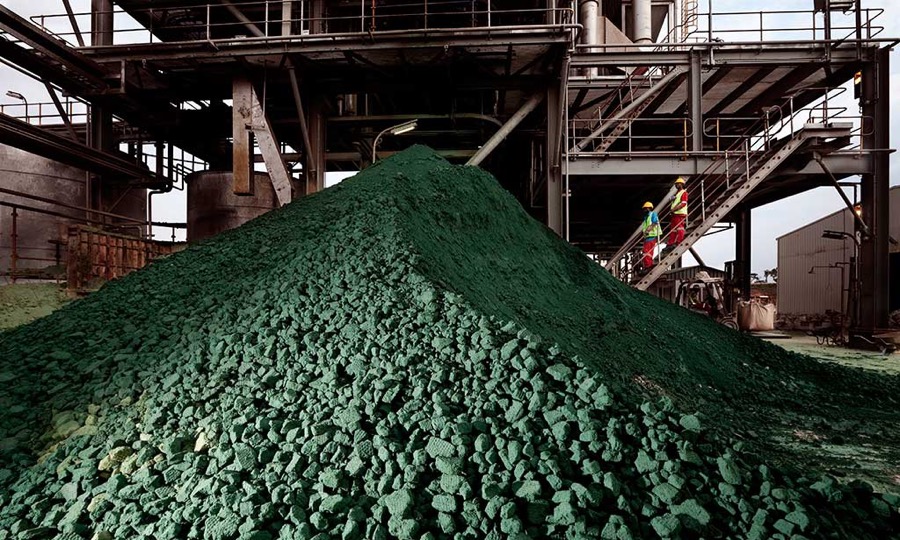US blames China’s CMOC for predatory tactics behind cobalt glut

China’s CMOC Group Ltd. is being accused by a top US official of using “predatory” tactics to depress prices of a key battery metal by flooding the market with cobalt from Democratic Republic of Congo mines.
“What we’re seeing now, I feel, is a variation of predatory pricing,” Jose Fernandez, Under Secretary for Economic Growth, Energy, and the Environment, said Monday at a conference in New York sponsored by the Cobalt Institute industry group.
His comments come as the US seeks to loosen China’s dominance of metals viewed as critical for supporting the energy transition from fossil fuels. Cobalt is a key ingredient in lithium-ion batteries and is also used in aerospace and defense industries. Cobalt is trading at its lowest price since 2019, complicating plans by Western companies to build out infrastructure for mining and refining to challenge China’s control.
“In the case of cobalt, there’s a company called CMOC which is driving this oversupply and that’s keeping prices down,” Fernandez told Bloomberg in a separate interview. The US official is the State Department lead for the Minerals Security Partnership, a collaboration of 14 countries and the European Union to raise public and private investment in “responsible critical minerals supply chains” worldwide.
“There are consequences when you have oversupply,” he said. “It’s a challenge to our clean energy goals, which are going to require exponentially more cobalt going forward.”
CMOC declined to respond to Fernandez’s comments, while saying it “strives to promote the healthy development of the cobalt industry and build a competitive and sustainable cobalt supply chain.”
World mined cobalt output was about 230,000 tons last year, with three-quarters from Congo, according to a report released Monday by the Cobalt Institute and Benchmark Mineral Intelligence. Chinese companies processed nearly 80% of the metal. A global glut in cobalt grew by about 14,200 tons last year, the report said.
Indonesia is also a producer, boosting output by 86% last year. The country expects to double production in the next two to three years as it expands nickel mining, said Septian Hario Seto, a deputy at Indonesia’s Coordinating Ministry for Maritime Affairs and Investment.
“What we are doing right now is the expansion of the nickel, and, you know, we get the benefit because the nickel has cobalt in it,” he said at the conference. “This is unavoidable.”
CMOC said in March that its Tenke and Kisanfu projects in Congo will produce more than 60,000 tons of cobalt this year, though first-quarter production surpassed 25,000 tons — suggesting output could be greater. Cobalt is mined alongside copper and nickel, so it’s subject to demand for those metals. Both CMOC mines in Congo are major producers of copper, which is at record high prices.
CMOC’s second-largest shareholder is Chinese battery giant Contemporary Amperex Technology Co. Ltd., which also has a direct equity stake in Kisanfu.
Low cobalt prices are harming upstream producers and recyclers. Australian miner Jervois Global Ltd. cut jobs in March in response to falling prices, which it blamed on Chinese oversupply. The company also mothballed a project in Idaho last year, which would have been the first new US cobalt mine in decades.
Cobalt prices are expected to rise before the end of the decade as need for the mineral explodes along with demand for electric vehicles according to the Cobalt Institute report. Even Congo is considering a quota on cobalt exports to bolster prices.
“You know that at some point, prices will stabilize,” the US’s Fernandez said. “And so what we’d like to see is find ways to help Western companies stay in the game.”
(By Michael J. Kavanagh)






